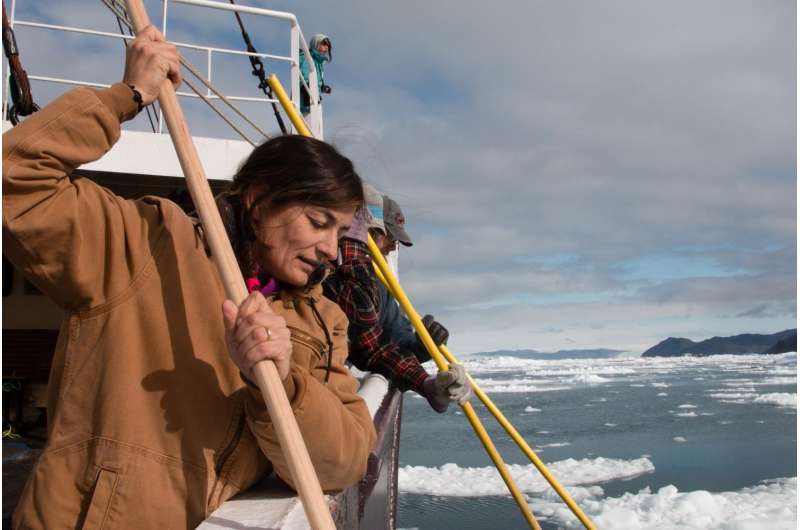Investigators find direct evidence of sea level 'fingerprints'

Researchers from the University of California, Irvine and NASA's Jet Propulsion Laboratory have reported the first observation of sea level "fingerprints," tell-tale differences in sea level rise around the world in response to changes in continental water and ice sheet mass. The team's findings were published today in the American Geophysical Union journal Geophysical Research Letters.
"Scientists have a solid understanding of the physics of sea level fingerprints, but we've never had a direct detection of the phenomenon until now," said co-author Isabella Velicogna, UCI professor of Earth system science and JPL research scientist.
As ice sheets and glaciers undergo climate-related melting, they alter Earth's gravity field, which causes nonuniform sea level change. Certain regions, particularly in the middle latitudes, are harder hit. For instance, Antarctica-generated sea level rise in California and Florida is as much as 52 percent greater than what's average in the rest of the world.
The team calculated sea level fingerprints using time-variable gravity data collected by the twin satellites of NASA's Gravity Recovery & Climate Experiment between April 2002 and October 2014. During that time, according to the study, the global mean sea level grew by about 1.8 millimeters per year, with 43 percent of the increased water mass coming from Greenland, 16 percent from Antarctica, and 30 percent from mountain glaciers. The scientists verified their calculations of sea level fingerprints associated with these mass variations via ocean-bottom pressure readings from stations in the tropics.
"It was very exciting to observe the sea level fingerprints in the tropics, where they were not expected to be detectable," said lead author Chia-Wei Hsu, a graduate student researcher at UCI. "In the tropics, sea level fingerprint values are very close to global average sea level values, making them harder to detect."
Velicogna added: "We know that sea levels climb faster in the middle to low latitudes versus the high latitudes and that Greenland and Antarctica contribute differently to the process. With our improved understanding through GRACE data and other techniques, we're now able to take any point on the global ocean and determine how much the sea level there will rise as a result of glacier ice melt."
Journal information: Geophysical Research Letters
Provided by University of California, Irvine





















